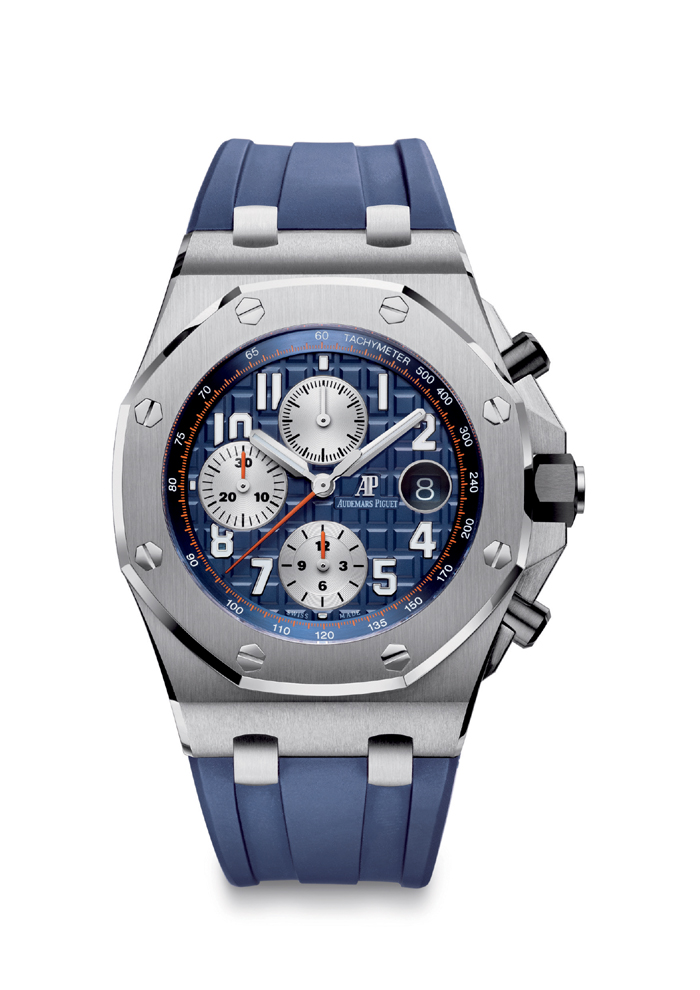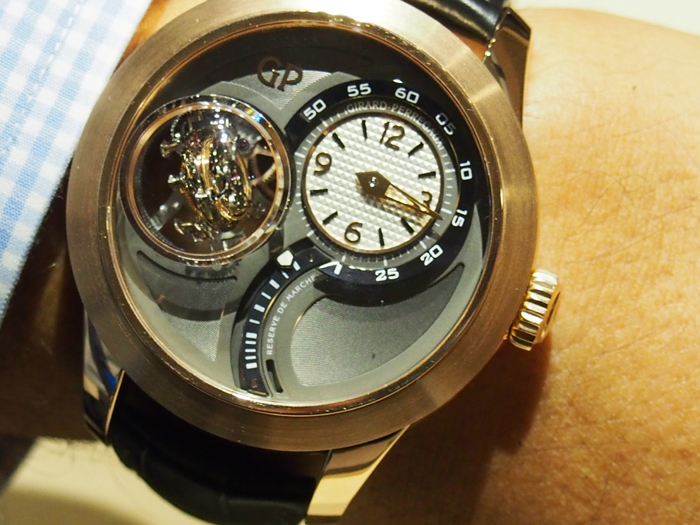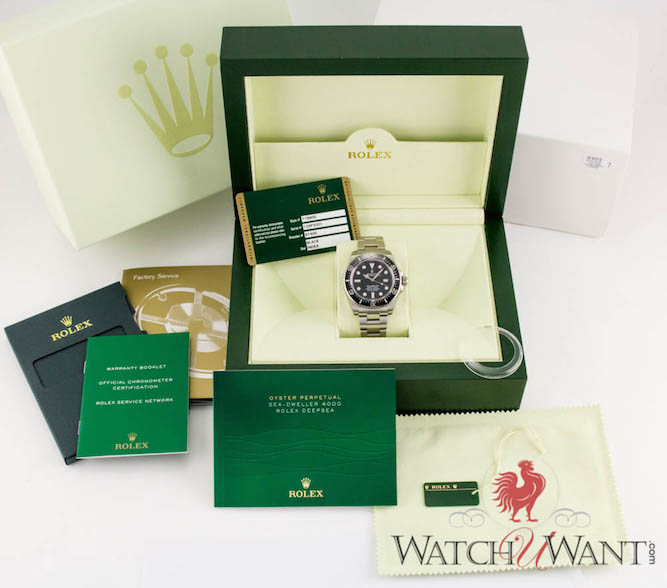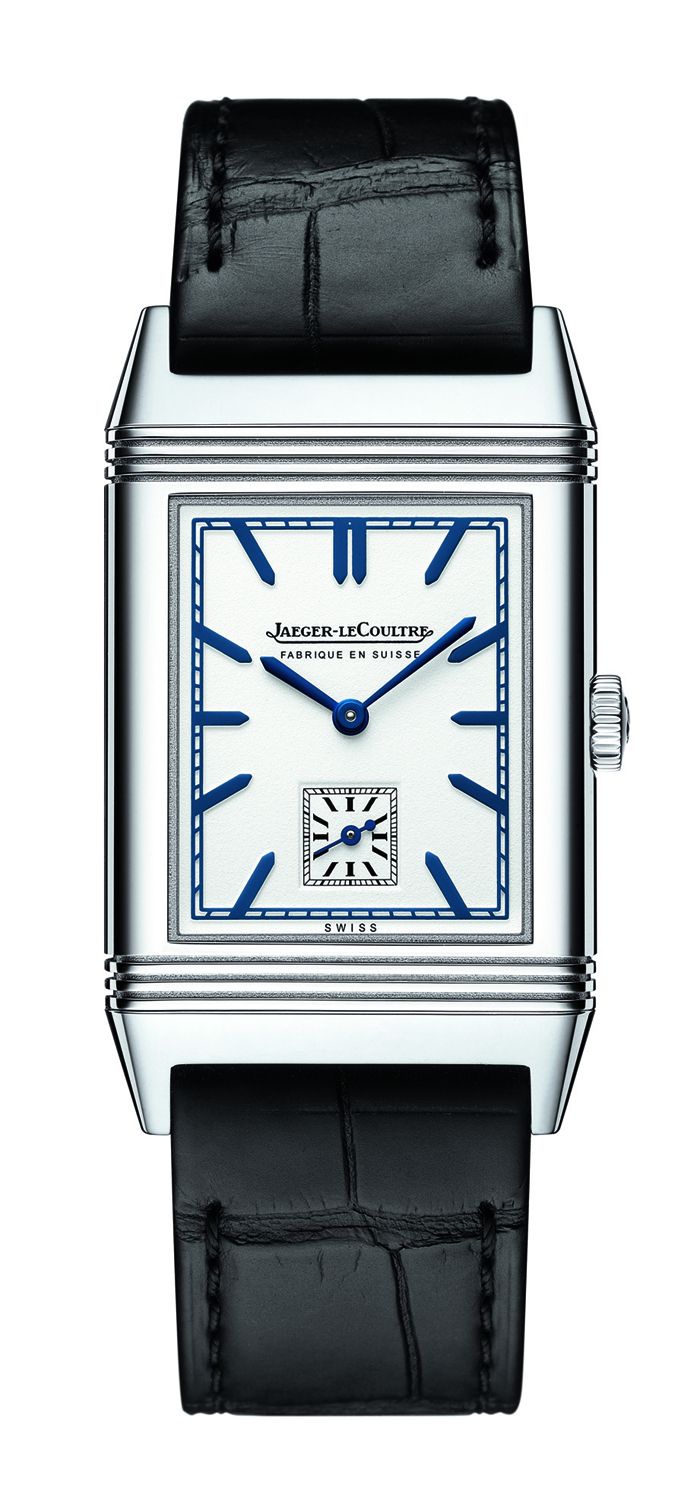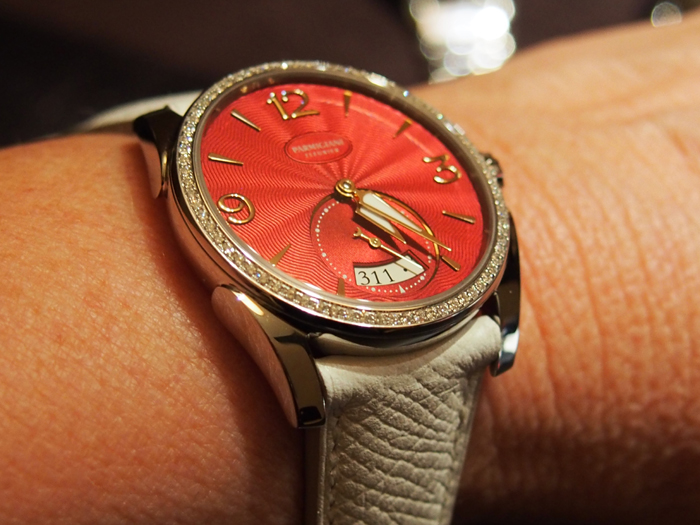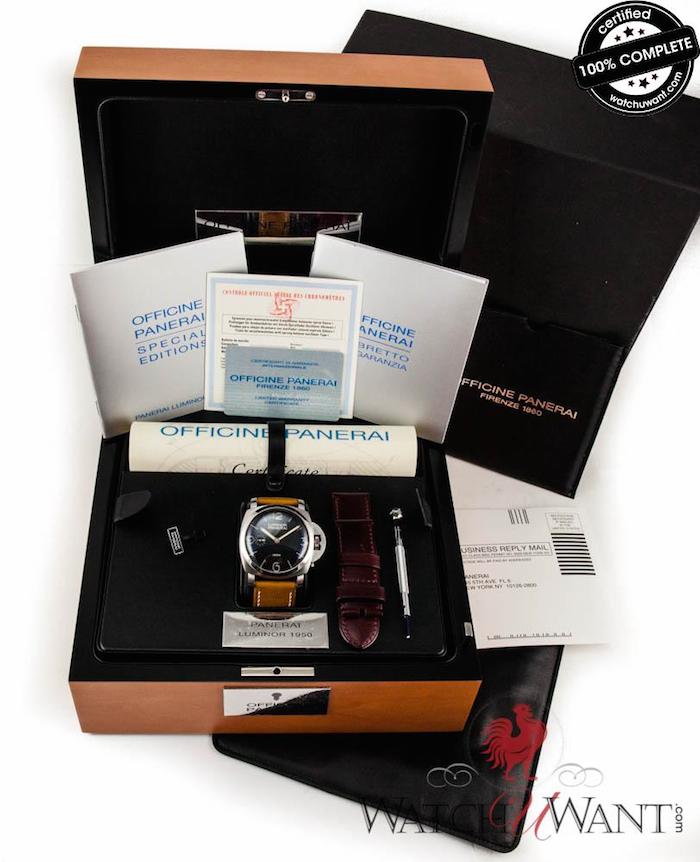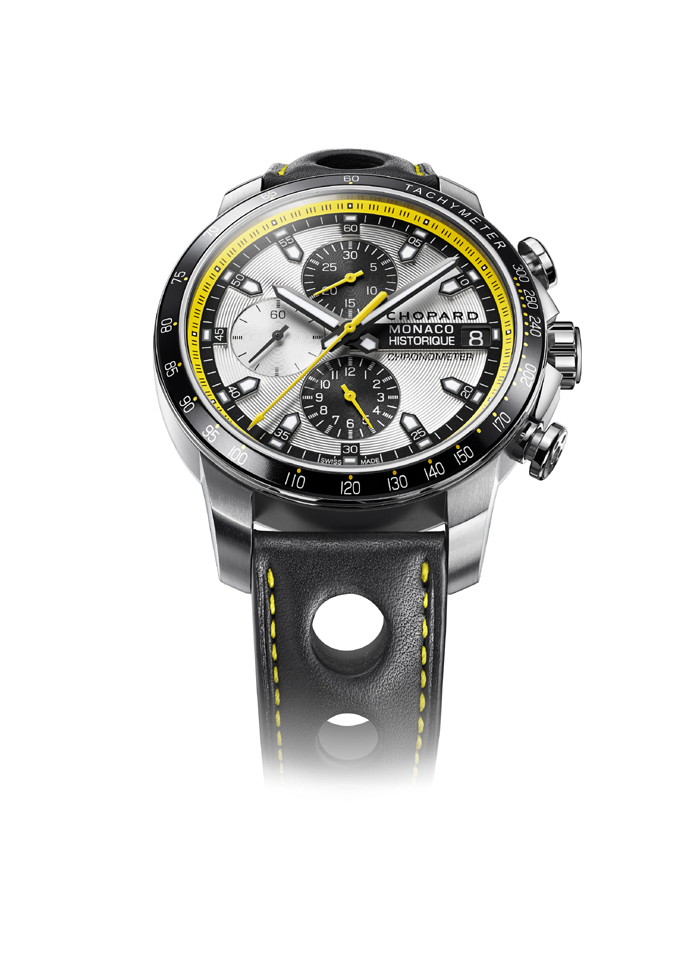By OJ Whatley
The Internet age has been a boon to the global luxury watch marketplace. Sellers of all stripes have empowered themselves via their embrace of cyberspace, and informed online buyers have no choice but to do likewise. In order to have the best possible Internet experience, a buyer needs to adopt a critical perspective. By employing 10 Top Do’s and Dont’s as practical precautions when buying a watch, shoppers can empower and protect themselves.
DO:
- Do: Buy the seller. Watches are produced in standardized series, but people are not. The integrity of a seller has a direct bearing on the quality of the products and services he offers. A seller should be directly accessible to a customer. Even when the seller is the principal of a large vendor, he should be willing to speak with each customer, explain his standards, and personally vouch for the product as represented. When a seller won’t do this, it’s time to move on.
2. Do: Ask for testimonials and references. If a seller fails to include detailed testimonials on his online storefront, ask why. Be advised that buyers should be skeptical of testimonials that lack details such as full names, specific highlights of the experience, and personal contact information for buyers to request references. If the testimonials are anonymous and the language sounds generic (or repetitive), a buyer should take his inquiry deeper. Always request several references, and ask the seller which watches each reference purchased; casually query each reference concerning the model(s) he chose, and note whether the two stories match.
- Do: Cross-reference seller storefronts. When browsing watch sales portals such as Chrono24 or eBay, look for sellers that own and maintain corresponding company websites that list their inventory, feature actual photos of inventory, describe sales policies in detail, and include photos and contact details for company personnel empowered to negotiate sales. Representation of inventory is key. Always ask for more images when there is any question about the condition of the watch, model of the watch, features of the watch, or included accessories.
4. Do: Use Google. It’s is a buyer’s friend. In the Internet age, bad word of mouth spreads faster than zombie apocalypse. Search for evidence that a seller has given buyers hassles when pursuing returns; stalling, run-arounds, and outright hostility are the trademarks of unscrupulous sellers. Search for any mention of the seller in connection with fraud, lawsuits, scams, and any other nefarious verbiage that comes to mind. While being mindful that a single malcontent voice can be magnified by the internet echo chamber, give credence to patterns of unsavory seller behavior that persist through years of user reports.
5. Do: Leverage eBay’s feedback records for a seller. Given its long history with online auctions and retail, eBay offers the most robust set of tools for savvy buyers. The first and foremost of these comes in the feedback history of a given seller. Top sellers are the ones that boast a combination of long history, large transaction volume, and a high positive feedback percentage. Moreover, the feedback pages offer specific descriptions of customer experiences, and eBay feedback compilations are far more difficult to “rig” than testimonials on dealer pages.
The above measures will put a buyer in a commanding position to avoid the pitfalls of the online marketplace. Provided a buyer can satisfy himself that a seller meets these standards, he can proceed with justified confidence.
However, there are certain conditions that represent red flags and no-goes:
Don’t:
Don’t: Buy a watch on the basis of stock photos. Factory-supplied images of watches are gorgeous, and that’s why many websites use them in lieu of inventory shots. These dealers either lack actual inventory, the condition of their inventory compares unfavorably to the press photos, or their inventory watch is not exactly the same model depicted. Unless a seller posts images of the actual watch and accessories he intends to sell, walk away.
2. Don’t: Buy from a seller with no or minimal history. Everyone starts somewhere, but there is sufficient inventory of premium watches online that no buyer must be the test case for a rookie seller. When examining testimonials and contacting references, look for evidence that a seller has done repeat business with customers. When a business moves from piecemeal customer service to serving a clientele, it speaks volumes about the seller’s service standard. Buyers do not do repeat business with duplicitous, unresponsive, or unpleasant counterparties.
3. Don’t: Buy from a seller who won’t discuss his after-sales policies. Ask for specific details of the seller’s refund/return policy. Demand specific terms governing a return, ask the length of the return window, ask if the dealer will pay for return shipping and insurance, and request a timetable for receiving reimbursement after the seller receives the returned merchandize. How does the seller’s warranty policy work? Any equivocation is grounds to look elsewhere.
4. Don’t: Buy a watch before seeking knowledge, understanding, and perspective on the specific model. By becoming an expert in a watch’s strengths, weaknesses, and idiosyncrasies, a buyer empowers himself. If a watch of interest lacks original documentation and accessories, use it as a bargaining point or a cue to walk away. If a delicate watch with critical handling requirements – such as a perpetual calendar – is demonstrated while being slammed through the 12 am changeover on the seller’s YouTube channel, run. Immersing oneself in a coveted model is addictive, fun, and is almost guaranteed to improve the quality of the final purchase.
5. Don’t: Conduct a wire transfer without basic diligence. As a final precaution, review the name and location of the wire recipient. If the seller is doing business as ABC Watches in New York and XYZ Enterprises in Italy is the wire designee, ask questions, request a direct phone contact at the destination, dig deeper, and – here it comes – be prepared to walk if the details remain opaque.
It is essential for a buyer to have a methodical plan-of-attack when shopping for watches on the web. The Internet offers unprecedented selection, intense competition for a buyer’s business, and ease of browsing. By employing cautionary measures and taking command of the process, shoppers can find real peace of mind in the virtual marketplace.
(NOTE: This article was written exclusively for ATimelyPerspective by OJ Whatley, owner and founder of Hollywood, Fla.-based Watchuwant, Inc. Recognized in the pre-owned luxury watch sector, Whatley has amassed vast experience buying and selling watches on the secondary market during his 15 years in the industry and has evaluated/valued tens of thousands of watches.)


